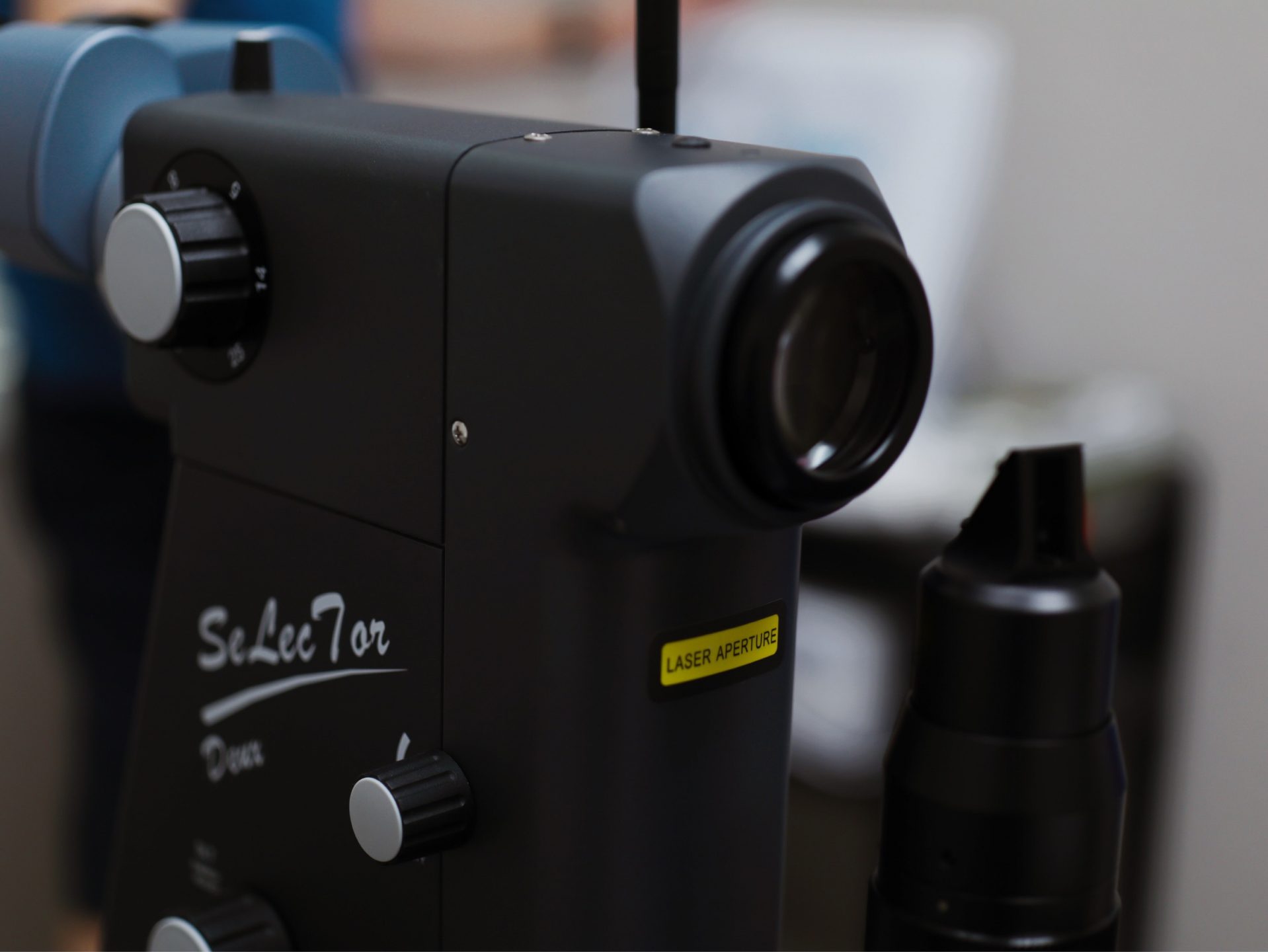Sometimes after cataract surgery, the cornea can become swollen or edematous which gives it a gray or hazy appearance. This can cause blurry vision and sometimes eye irritation or eye pain. The mechanism behind this is based on the poor function of the inner-most layer of the cornea, the endothelial cells. These delicate endothelial cells have a specialized function to pump water out the cornea continuously helping keep the cornea clear. Just as a boat taking on water will sink, if the pump cells stop working the cornea takes on too much water it swells. There are many conditions in which these endothelial cells can become damaged or stop working such as aging, prior eye surgery, as well as genetic conditions like Fuchs’ Dystrophy. Cornea edema also causes glare and poor contrast sensitivity. In severe forms, cornea edema can progress to painful blisters and put the eye at risk of infection. As a center of excellence for Fuchs’ Dystrophy and corneal edema, Tailored Eyes is proud to offer the full range of options for restoring your vision. We can evaluate your cornea for corneal edema, and if necessary, help you pick the right corneal rejuvenation procedure to maximize your vision.

